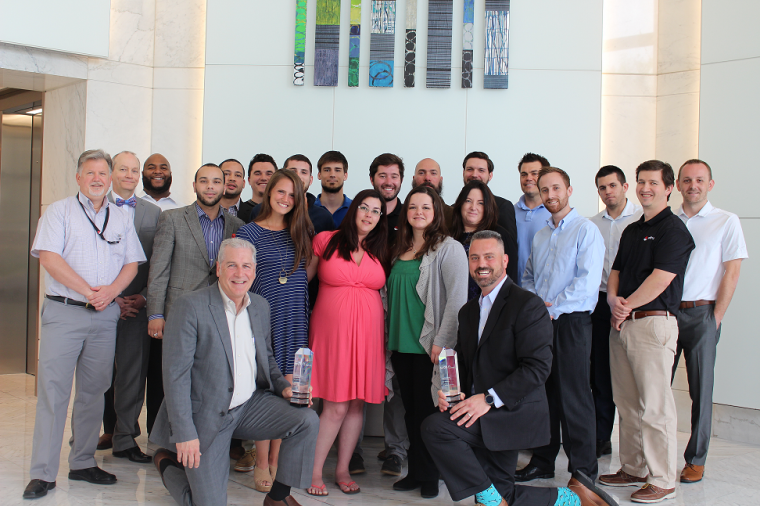Power up Your Agency Data Center with The Latest Release of RHEV 3.5
On February 11, Red Hat announced its newest release – Red Hat Enterprise Virtualization 3.5 (RHEV for short). This latest upgrade to Red Hat’s open source virtualization platform promises to deliver greater visibility into provisioning, configuring and monitoring of virtualization infrastructures and tighter integration with the OpenStack cloud infrastructure platform. In addition, customers can expect easier deployment of IT infrastructures for traditional virtualized workloads while creating an enterprise-grade foundation for cloud infrastructure.
“As more enterprises look to reap the benefits of bimodal IT in their virtualized and cloud-based environments, Red Hat Enterprise Virtualization offers a key component of an infrastructure ready to accommodate traditional enterprise virtualization while building a foundation for cloud enabled workloads,” said Jim Tottom, vice president and general manager, Platforms Business Unit, Red Hat.
Specific new features in the 3.5 release include:
- Lifecycle management and provisioningof bare-metal hosts via integration with Red Hat Satellite.
- Compute resource optimizationthrough advanced real-time analytics with oVirt Optimizer integration. This enables users to identify the balance of resource allocation that best meets their needs while provisioning new virtual machines.
- Workload performance and scalabilityprovided through non-uniform memory access (NUMA) support, which is extended to Host NUMA, Guest Pinning and Virtual NUMA. This enables customers to deploy highly scalable workloads with improved performance and minimizes resource overload related to physical memory access times.
- Enhanced disaster recoveryvia improved storage domain handling, providing support for migrating storage domains between different datacenters supported by Red Hat Enterprise Virtualization, enabling partner technologies to deliver site recovery capabilities.
RHEV is also an ideal foundation for traditional virtualization and flexible cloud-enabled workloads built on OpenStack. For example, RHEV includes integration and shared common services with OpenStack Image Service (Glance) and OpenStack Networking (Neutron) which allow administrators to break down silos and deploy resources once across the infrastructure. Instance types also unify the process of provisioning virtual machines for both virtual and cloud-enabled workloads.
Want to know more? Check out these resources on Red Hat’s website and contact a DLT sales representative for information about Red Hat solutions and procurement vehicles for government agencies and higher education: 877-RHAT-DLT or redhat-solutions@www.dlt.com.










































